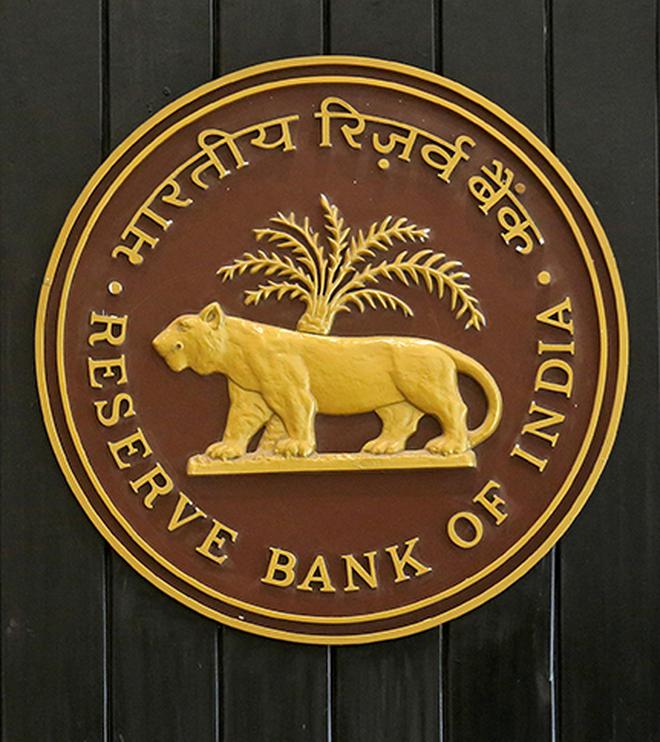Mumbai, Mar 17:
Nudging the private sector to participate in the economic recovery process, the RBI in an article said the infrastructure-first strategy of the 2022-23 Budget unveiled in Parliament last month will pay dividends for several years to come.
The article also said that while the post-pandemic debt consolidation will rely primarily on GDP growth, it needs to be complemented by fiscal consolidation.
“In this context, the 0.4 percentage points reduction in the GFD of the Centre for 2022-23 is a valuable starting point and needs to be matched by the states,” said the RBI article, written by a team of officials led by Deputy Governor Michael Debabrata Patra.
The Union Budget, presented in Parliament by Finance Minister Nirmala Sitharaman on February 1, proposed to raise the government’s capital expenditure by 35.4 per cent to Rs 7.5 lakh crore.
Referring to the Budget, the article said, “Our calculations show that the benefits of this infrastructure-first strategy will pay dividends for several years, peaking in 2025-26 – the year of the next milestone on the consolidation path.
“Estimates of the fiscal impulse presented here suggest that despite the consolidation, there will be some stimulus left in the economy till the end of 2022-23. It is now for private investment to respond and participate in the recovery.”
The RBI said the views expressed in the article are those of the authors and do not necessarily represent the views of the central bank.
“Fiscal policy exits from crisis modes are much more difficult than going in; in the case of pandemics, it is excruciatingly so. Exiting policymakers have to contend with the razor’s edge trade-off between cliffs and ramps. Too rapid and large a withdrawal of fiscal support risks pushing the economy over the cliff into a sharp downturn,” the article noted.
On the other hand, the article said the ramp effects of too gently sloped a withdrawal runs the risk of moral hazard and the building up of pressure group.
“The Budget for 2022-23 commences this journey of conflicting pulls by seeking to calibrate a thrust to growth with feasible rectitude,” the article said, adding accordingly, it has chosen to go with a reduction in the gross fiscal deficit (GFD) by 0.4 per cent of GDP on its path to take it down to 4.5 per cent by 2025-26.
The Budget, the authors said, has adopted a risk-minimisation strategy of providing headroom at several levels – conservative revenue forecasts; realistic disinvestment target; economy in the recourse to NSSF and cash balances; and conservative nominal GDP projections.
“These buffers will help to secure the budgetary targets set for 2022-23,” it added.
It further said that key indicators of debt sustainability have started improving after taking a hit during 2019-21.
Going forward, the Union government debt is projected to stabilise below 60 per cent of GDP in the medium-term, but it is large at around 85 per cent when juxtaposed with sub-national debt.
“While the post-pandemic debt consolidation will rely primarily on GDP growth, it needs to be complemented by fiscal consolidation,” it said. (PTI)
Trending Now
E-Paper


